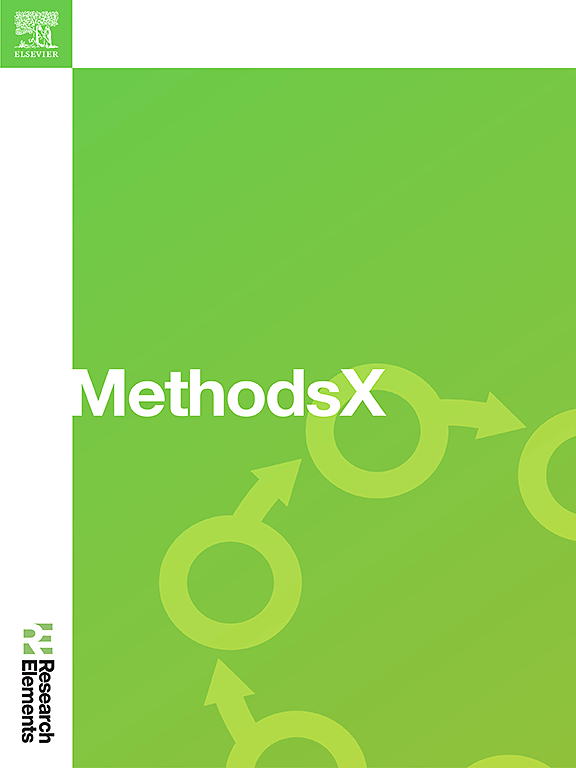评估激光雷达技术对树木指标和碳封存的精确测量
IF 1.6
Q2 MULTIDISCIPLINARY SCIENCES
引用次数: 0
摘要
碳信用额在减缓气候变化方面发挥着至关重要的作用,它激励人们减少温室气体排放,并提供了一种可衡量的方法来平衡二氧化碳的输出,促进可持续的环境实践。然而,传统的碳信用额度测量方法往往耗时且缺乏准确性。本研究考察了 40 × 40 平方米橡胶林的碳信用测量,使用 100 个样本数据集评估了激光雷达技术在测量树高(TH)和胸径(DBH)方面的有效性。方法如下:-比较了三种测量方法:使用直径尺和湿度计的传统技术、手动激光雷达测量以及使用带有 CloudCompare 插件的 3D Forest Inventory 软件进行的自动测量。使用激光雷达测量的固碳量均方根误差 (RMSE) 为 33.492 kgCO2e,而使用三维森林资源清查方法的 RMSE 值要高得多。研究结果表明,激光雷达技术(尤其是人工测量)为森林管理中的碳封存评估提供了一种可靠、高效的替代方法。本文章由计算机程序翻译,如有差异,请以英文原文为准。

Evaluating LiDAR technology for accurate measurement of tree metrics and carbon sequestration
Carbon credits play a crucial role in mitigating climate change by incentivizing reductions in greenhouse gas emissions and providing a measurable way to balance carbon dioxide output, fostering sustainable environmental practices. However, conventional methods of measuring carbon credits are often time-consuming and lack accuracy. This research examines carbon credit measurement in a 40 × 40 m2 rubber forest, evaluating the effectiveness of LiDAR technology in measuring Tree Height (TH) and Diameter at Breast Height (DBH) using a dataset of 100 samples. The method is as follows:
- •Three measurement methods were compared: conventional techniques using diameter tape and hypsometers, manual LiDAR measurements, and automated measurements using 3D Forest Inventory software with the CloudCompare plugin.
- •The Mean Absolute Percentage Error (MAPE) for carbon sequestration was 4.276 % for manual LiDAR measurements and 6.901 % for the 3D Forest Inventory method.
- •Root Mean Square Error (RMSE) values for carbon sequestration using LiDAR measurements were 33.492 kgCO2e, whereas RMSE values for the 3D Forest Inventory method were significantly higher. This indicates that manual LiDAR measurements are more accurate and consistent, while the higher RMSE in the 3D Forest Inventory method reflects greater variability and potential estimation errors.
The findings suggest that LiDAR technology, particularly manual measurements, provides a reliable and efficient alternative for carbon sequestration assessments in forest management.
求助全文
通过发布文献求助,成功后即可免费获取论文全文。
去求助
来源期刊

MethodsX
Health Professions-Medical Laboratory Technology
CiteScore
3.60
自引率
5.30%
发文量
314
审稿时长
7 weeks
期刊介绍:
 求助内容:
求助内容: 应助结果提醒方式:
应助结果提醒方式:


